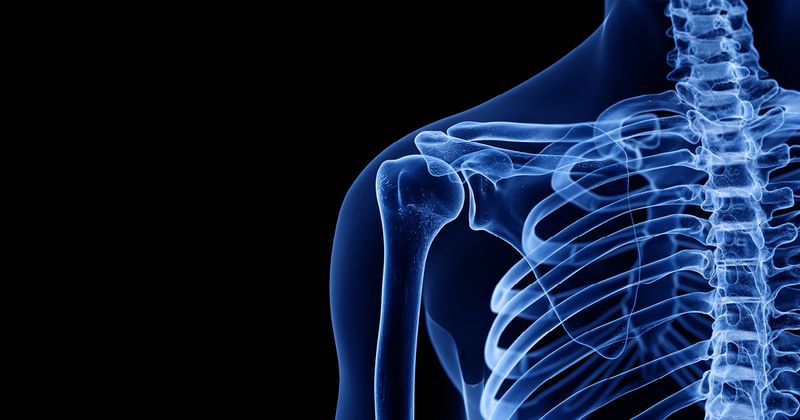Osseointegration, prostheses may unlock innovative upper extremity amputation approaches
Key takeaways:
- Osseointegration may unlock innovative approaches for upper extremity amputations, according to a presenter.
- Prosthetic utilization may allow surgeons to realize the benefits of new surgical technology.
Prostheses and osseointegration may unlock innovative surgical approaches for patients undergoing upper extremity amputation, according to a presenter at the Bionic Reconstruction Conference.
“If we are going to realize the benefits of all the surgical technology or surgical techniques we are applying, we have to get these upper limb patients into prosthetics,” Jason Souza, MD, FACS, said in his presentation.

According to Souza, patient limb rejection has been a common issue due to painful, uncomfortable and time-consuming prostheses that do not allow ideal suspension and rotation.
However, he said improvements in internal and external rotation may change the game.
“What you see is an incredible increase in use and better functional outcomes because we are decreasing the barriers to use,” Souza said. “We are making it not only more comfortable and more functional, but also making it easier to use.”
He added improvements in the design of prostheses may allow patients to don and doff their limbs easier.
In the future, Souza said osseointegration may jump-start the next generation of surgical approaches in this patient population.
“There are a lot of other things coming down the pathway,” Souza said. “Osseointegration is what unlocks all these other strategies. It unlocks [targeted muscle reinnervation] TMR, and then you can use [TMR] as a conduit for implantable approaches.”
